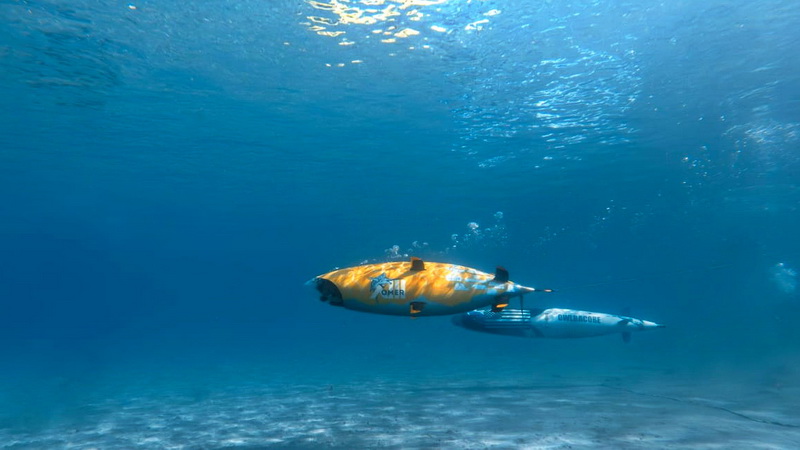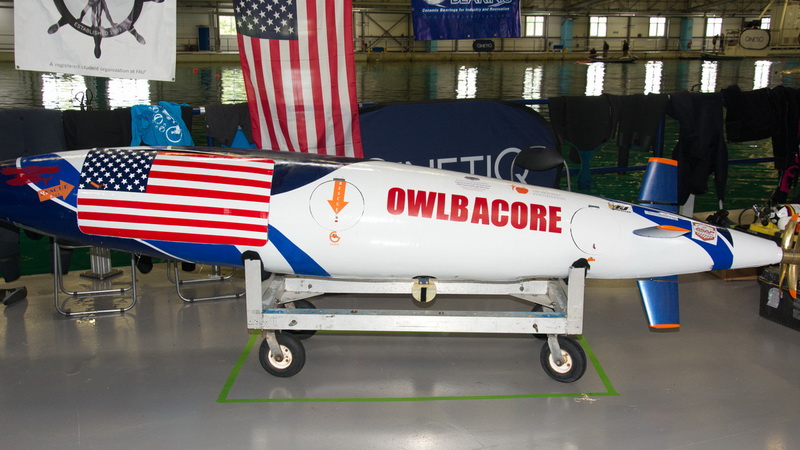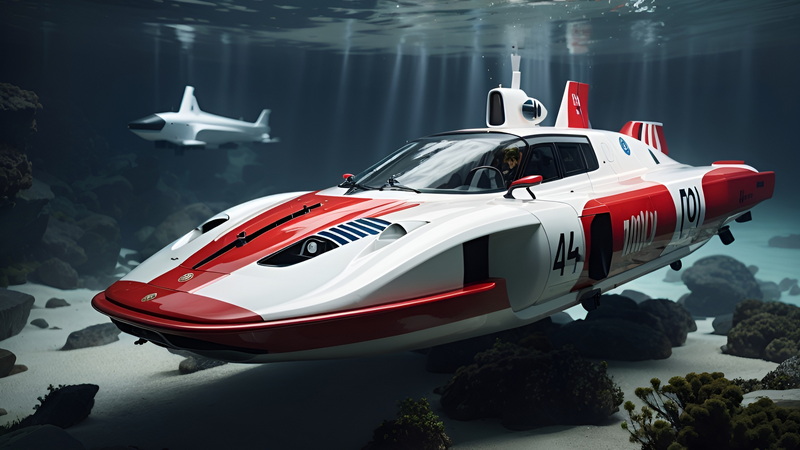
Human-powered Racing Submarines
The human-powered class of racing submarines have been built and raced for over 15 years, mainly by graduate students as part of their Masters degrees. They are given the simple objective to design, build and then race a human-powered “wet” submarine, but only 6-8 months to complete the project. This short timescale makes this a “real-life” full sized engineering project with the challenges of assimilating complex subjects such as hydro-dynamics, buoyancy, scuba diving, and materials processing to create a working submarine in the timescale. The project is in fact a high-level STEAM (Science, Technology, Engineering, Art and Mathematics) project. The students need to use skills from all these disciplines to calculate factors such as weight, displacement, buoyancy, propulsion and the impact on the pilot and the external environment.
Two-man, powered Racing Submarines








